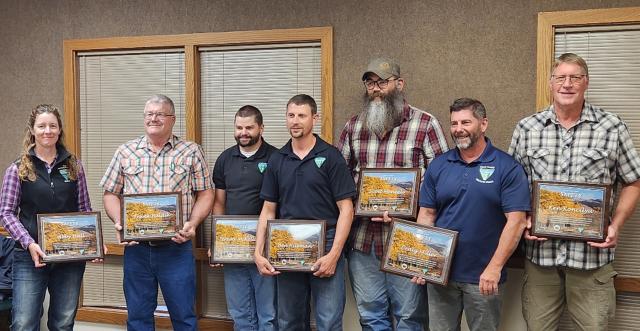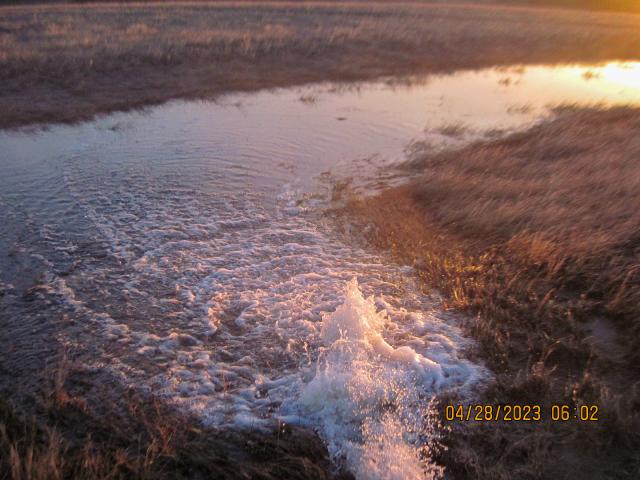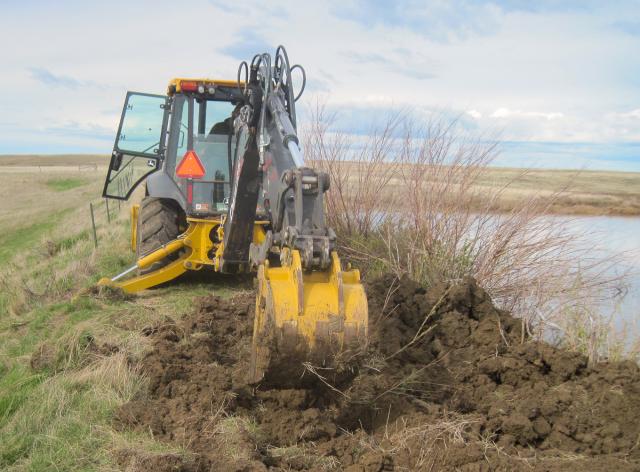Related Stories
- Historic Umtanum Suspension Bridge wins international footbridge award
- Monument map earns ‘finalist’ honors in global GIS awards
- BLM Fire and National Conservation Lands managers collaborate to meet shared goals
- The Great American Outdoors Act: Five years of transforming public lands
- Recreation for all: Accessibility on Montana-Dakotas public lands
Office
920 Northeast Main
Lewistown, MT 59457
United States
Phone:
Email:




